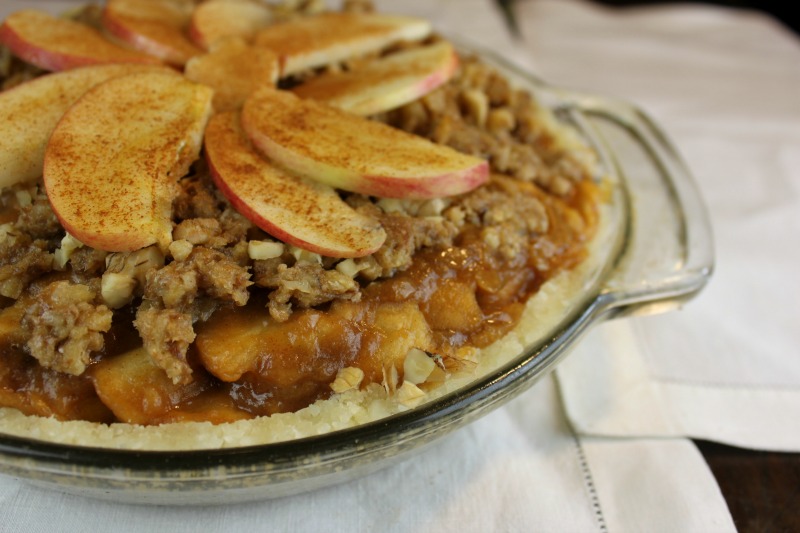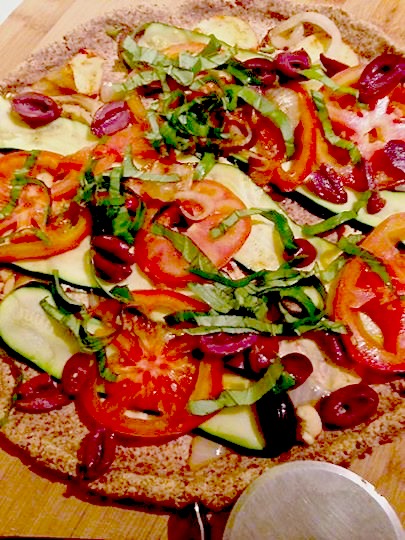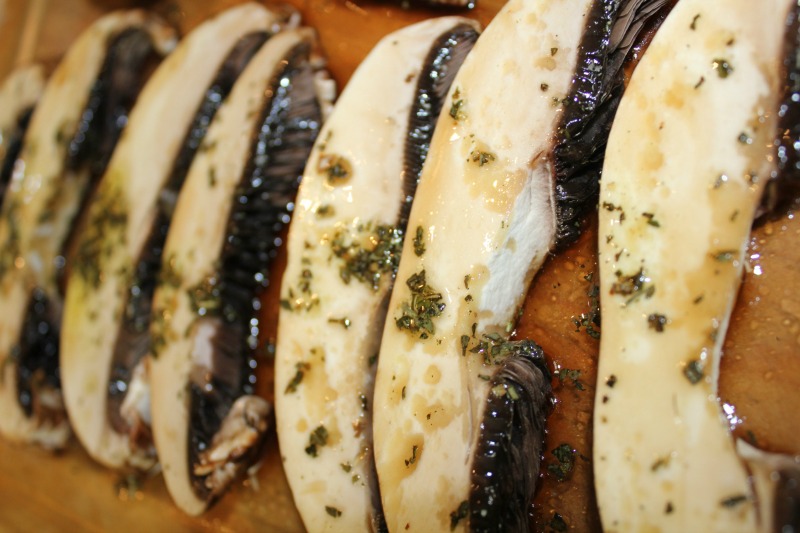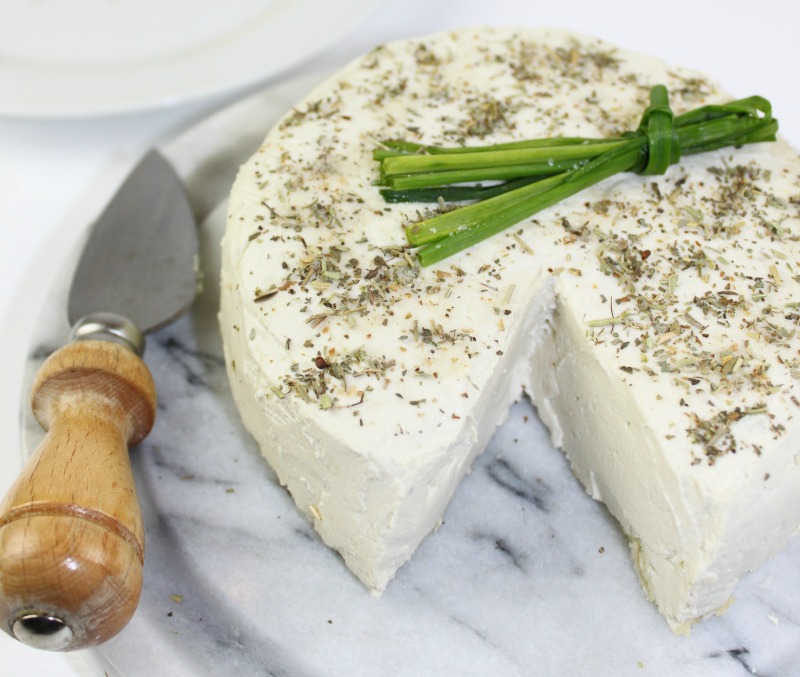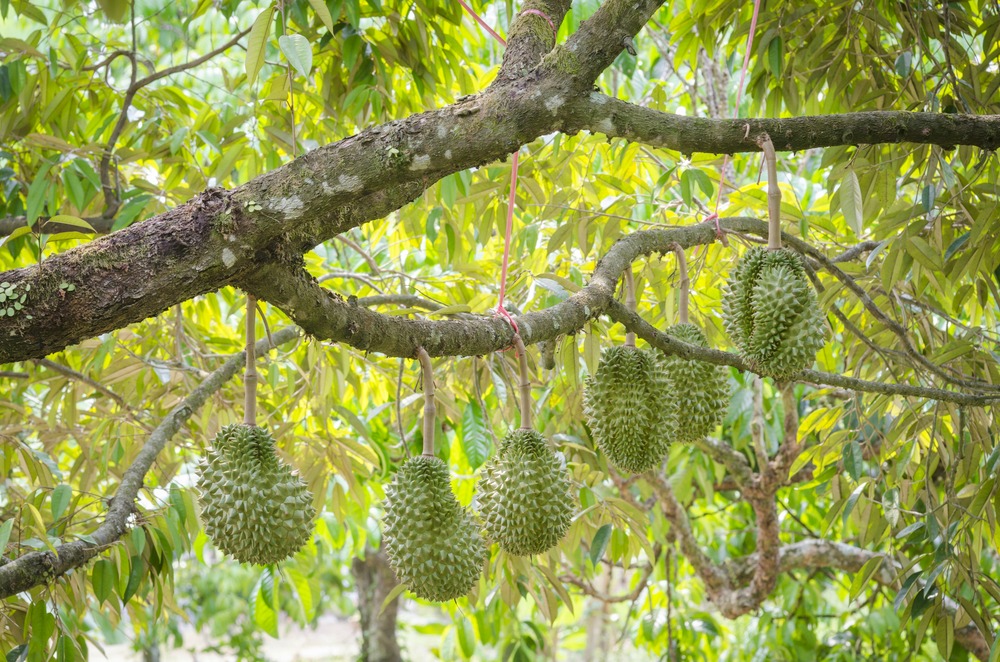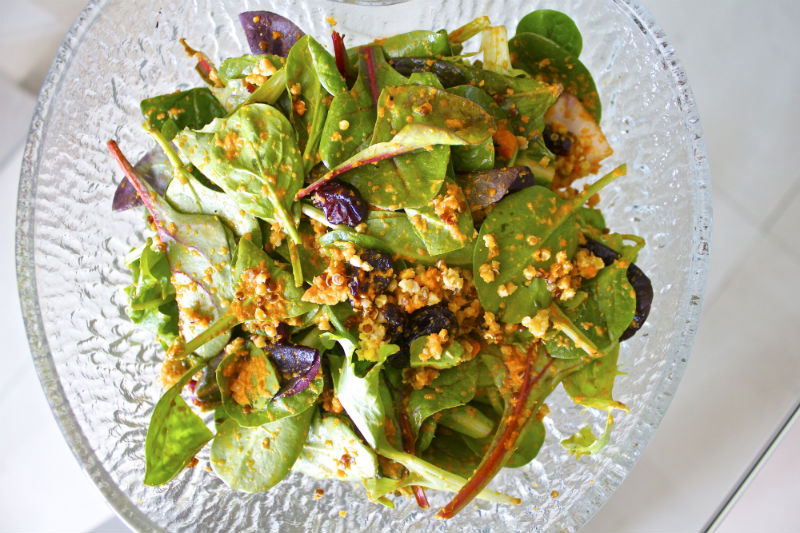
One thing most of us are secretly afraid of: Aging.
Not only are you dreading the wrinkles, you’re worried about decrease in energy levels, new aches and pains, and yes, getting fatter…
And then there are dis-eases like arthritis, heart diseases, diabetes, just to name a few…
Don’t fret. It is still possible to stay healthy, lean, energetic (more so than a 20-year-old) and attractive, mentally *and* physically, at 70 and beyond, even without dollars spent on medication, procedures, botox, and cosmetic surgery.
Better yet, what if you’re wiser in your 70s, loving your life, and looking forward to your 90s and 100s?
Aging? Life has just started!
Today, we’re here with Mimi Kirk, winner of PETA Prime’s first “Sexiest Vegetarian above 50” contest. Mimi is 75, born in 1938. Mimi is the writer of two books, Live Raw and Live Raw Around the World. Mimi also has an upcoming juicing book in January.
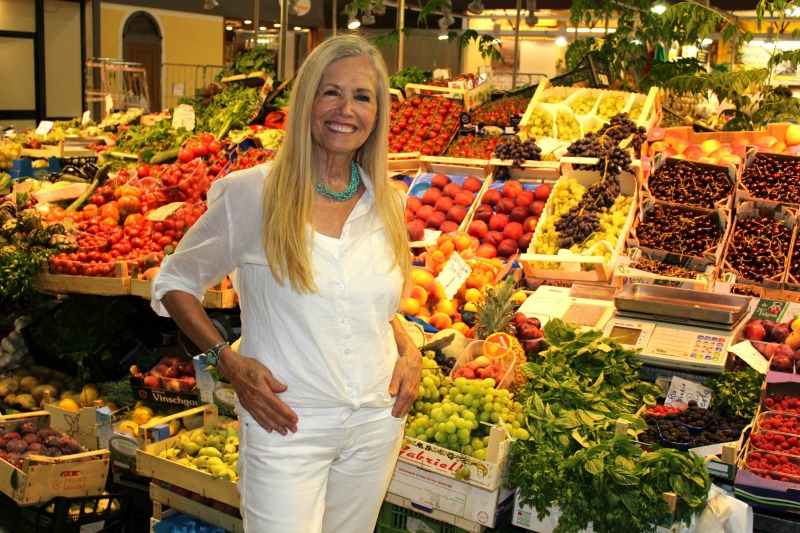
In this two-part series (for updates on the second part, click here), we will explore the health benefits of raw food diet, ways to adjust our taste buds to eating (mostly) raw foods, exotic spices and ingredients from around the world, tips to travel healthy, and more.
In part 1 of this wide-ranging discussion, I will get Mimi to explain:
- How Mimi stepped up the game from vegetarianism to raw veganism (raw food diet)
- How Mimi got rid of her arthritis and stayed off prescription drugs with raw foods
- Why you can still be unhealthy as a vegan or vegetarian
- 3 easy tips to start incorporating raw foods into our lives
- 2 must-have, cheap, and easy kitchen tools to improve your health drastically
- A trick to marinate raw vegetables to satisfy your meat cravings
Let’s jump right into it.
This is a transcript of the video interview. Please note that this transcript has been lightly edited for clarity.
Q: We already know a lot about you from the press and online. Why did you choose to be raw vegan at 69?
Mimi Kirk: It kind of chose me. I went to see my doctor and he told me my blood pressure and cholesterol were high. I ate a pretty healthy vegan diet, I thought. I also had some arthritic pains.
Since my family’s health history is not so good, and everybody in my family has been on medication, I thought I’d find out what I could do to not rely on medication.
I learned about raw food, and I was not really excited about it because I like to cook. But I thought I’d give it a try.
Six months later, not only did I fall in love with eating raw food, my arthritis was also gone, and my blood pressure and cholesterol went back to normal.
Why Raw Foodism is Arguably the Healthiest Diet there is
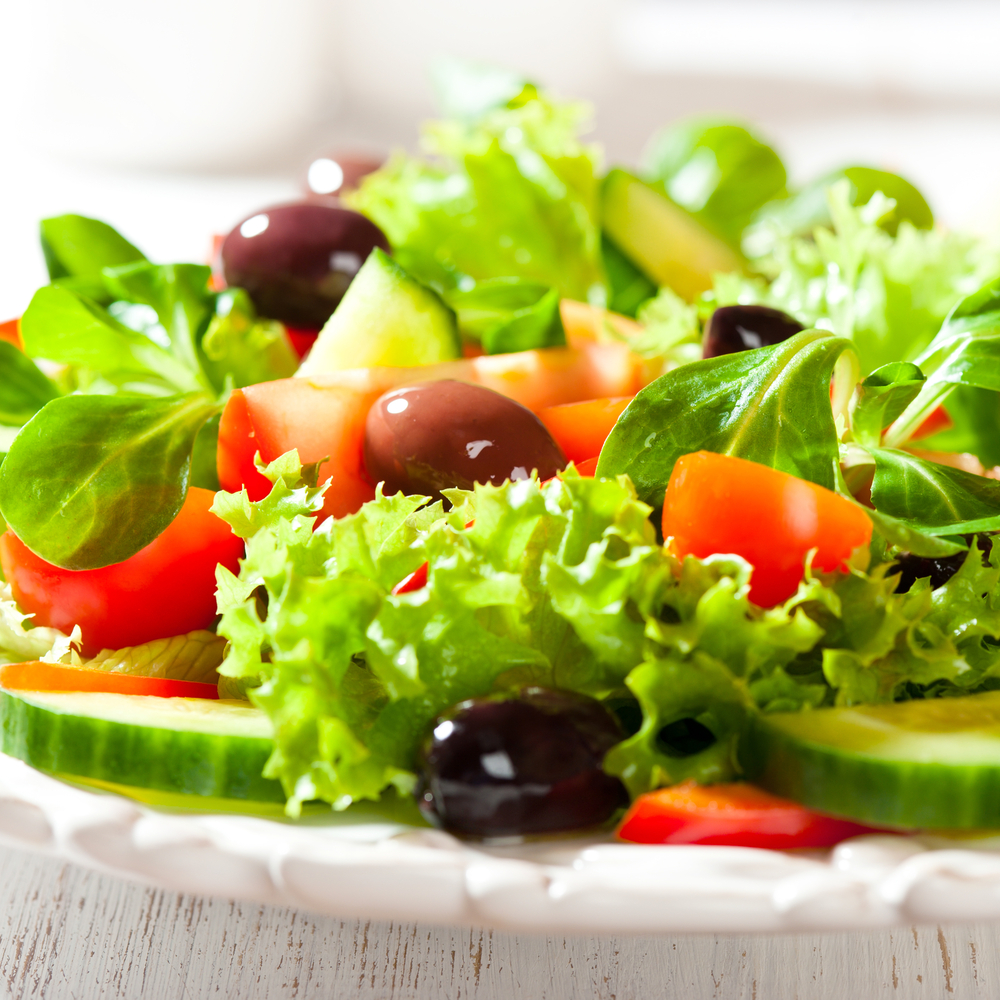
Q: That is great. So you’re saying that raw foodism has improved your health significantly, more so than being vegan alone, because you were vegan for 20+ years before?
Mimi Kirk: I was vegetarian for all those years, and vegan at times. I could not give up the usual stuff people have trouble giving up, like cheeses. I didn’t mind giving up the meat, so vegetarian was good.
But becoming vegan, going that extra step, was a little more difficult for me. So there were times I went on and off eating that way. And when all this came about for my health, I had been off for a few years of eating healthy.
What I learned when I became a raw vegan is that you can’t eat junk. If you’re vegetarian or a vegan, you can eat junk food. There are lots of foods that say “vegetarian” or “vegan” on the package, but they’re processed. They’re not healthy.
Raw veganism has “stepped up” my eating so much because this diet only includes really fresh foods. This diet is where you’re getting all your nutrients from, and there isn’t any junk food to eat when you’re eating raw foods.
So there is a big difference among vegetarian, vegan, and raw foods. Raw veganism is really a step above veganism and vegetarianism, in terms of health.
Q: Has raw foodism improved your sleep and energy levels?
Mimi Kirk: Well, I sleep great; a lot of people my age don’t sleep well. And I can run circles around people younger than me, so my energy level is quite amazing. I wake up very energetic, and I’m pretty energetic all day. I have a very busy schedule, and I feel amazing.
I feel that raw foods have made me younger, in lots of ways. I look better, and I certainly feel better. Everything just started to give me very high energy. And I think that a raw plant-based diet has contributed to my higher energy levels and better health.
Q: Many of our readers are very health-conscious, but they’re probably too busy to prepare dehydrated or soaked raw foods. How do you suggest busy people start incorporating raw foods into their lives?
Mimi Kirk: First, I think you have to incorporate the simple things:
- Eat more fresh fruits and salads
- Try not to cook your food all the time
For young people, rarely does anyone in their early ages think that they’re going to have problems when they get older. But if you take a look at your family history, you’ll know that there’s a possibility that you could be like Grandma.
And people today may have health issues at an earlier age because there are more processed and junk foods out there. So food might affect you earlier than it affected your grandmother, because the food today is not as fresh and healthy.
Food is sprayed with chemicals in many countries. Wheat, for instance, has all the hormones in there. As you can tell, I’m an organic supporter.
Secondly, I think, for young people, or whatever age you are at, you have to make a commitment to your health. It does not matter how much you love your life. If you get sick or unhealthy, it’s a lot more difficult to enjoy yourself and do the things that you like to do. You can’t travel as much; you can’t do a lot of things.
So you have to make a commitment to your health, and I’ve never heard anyone say they’re too healthy, even among vegetarians. No one is too healthy; you can always strive to improve your health.
Look into raw foods, and see if it works for you.
Thirdly, learn to cook, make, and prepare *one* delicious, raw dish. You want to start replacing one dish that isn’t healthy with a raw dish that is healthy. For instance, we replace pasta with zucchini; it’s really beautiful. And I love raw nut cheeses.
Start slowly, take one step at a time, and you will find yourself knowing how to make more raw foods than before, in a short period of time.
Q: That is really good advice I didn’t really think of. What are some must-have raw ingredients and gadgets that a busy person starting out should get?
Mimi Kirk: Must-haves: A sharp knife and a good cutting board; these are what you need to prepare raw foods.
There are lots of gadgets that we use in our kitchen. We love our dehydrator, because you can make breads and crackers. It’s really fun to have.
A blender is very important, because I’m a big one on green drinks and juices. A juicer is also useful.
It’s good to have good equipment, because you’re not using your stove very much, or you’re not using your stove at all. You need to have other things that you can prepare food with, so you do need some equipment. It has to be there.
But honestly, you can do almost everything else with a knife. That’s the main thing.
Q: What are some common mistakes that people usually make when they are first starting raw?
Mimi Kirk: They don’t stick to it. You have to be committed, because changing your eating habits is not easy. How many years have you been practicing your habits before you decided to make a change…whether you’re in your 20s, 30s, 40s, or your 50s?
Look at all the habits you’ve acquired in all that time with your food. Look at how you learned to cook all that stuff, and how many recipe books you have on the shelf. You have to make a change.
What I am always concerned about is that people don’t make a change until they’re sick. Why not be preventive? Why wait until something happens before you actually take a stand on doing something differently?
So that’s why I think you should start improving your health a little bit at a time. I think people make a mistake because they think they can do it all at once, and then they get tired of it. They don’t shop properly and have enough produce in the house. They have not cleaned out their cupboards, so they still have some junk food in there.
You have to retrain your taste buds. By eating clean food, your taste buds get retrained and then you don’t want that other stuff anymore. You would rather have kale chips than potato chips; this is a change of your palette.
It takes time, and I think people don’t do it because they get lazy, and they don’t spend enough time to learn. I think it takes a year to learn how to make healthier dishes.
I think raw foodism is the best diet, but you don’t have to put yourself under undue pressure to go all raw.
Let’s say you start out and eat raw all day, and then have a healthy, cooked dinner at night. That’s a very good start.
We need to get enough nutrients into our body, so I think you need to eat at least 60% raw. Maybe do that during the day: Have a green drink, a big salad, and some fruit. At dinner, you can have some grains and steamed vegetables.
I think that is an easy way to begin. I don’t think it’s as difficult. You don’t need to do it all at once.
Q: We’ll get back to the taste buds later. Before we get to that, one of the challenges of being a raw vegan is that your closest friends and family may be resistant to that? So what tips would you suggest?
Mimi Kirk: I didn’t try to convince anybody that they should do what I’m doing. I served as an example by looking and feeling great. I lost weight: I lost 22 pounds. People could see the difference. They saw my increased energy level; that’s how they learn, rather than trying to push something on them.
And I didn’t make it complicated when we went out to dinner. I just ordered a salad, and I would say, “Leave off the chicken and put on an avocado.” You know, it seemed very normal to other people, the way I was doing it. Nobody thought it was kind of strange.
Then the other thing is when I go to somebody’s house to eat, like if it was a potluck, I would always bring a raw dessert. People taste raw desserts that are so good that they can’t believe they’re raw. I tell them, “I didn’t bake that crust.” Or, “It has an avocado in it.” They’d get really surprised.
Don’t try to convince anybody that what you’re doing is something that they should do. I think you have to just do it yourself, and then let people ask you questions, or come around in their own time. That’s the best way.
Q: Great. Now back to the point of taste buds. You said that you can mimic any cooked food and keep them raw and taste delicious in one of your interviews. Many people may find raw greens a little bit too grassy and not filling. How do you make raw vegetables taste meaty?
Mimi Kirk: That’s one of the good things about a dehydrator and marinating foods. For example, when you marinate and/or dehydrate a mushroom, the mushroom is very filling.
I put vegetables into my dehydrator, on very low heat. They’ve been marinated in a little bit of olive oil and gluten-free tamari. By the time the vegetables finished drying in the dehydrator, they’ve been grilled a little bit. So the vegetables are slightly cooked, but they still have all the nutrients in them.
When I didn’t know how to prepare food properly in the beginning, making tasty vegetables was more of a problem. But now, I’ve got it down really great. I make pizzas, pastas, lasagnas, and all kinds of food that you would normally eat.
In my second book Live Raw Around the World, I actually made all these international foods, including Thai and Indian food. With Indian food, I faced a big challenge, because all their vegetables are cooked until they’re dark; they’re just cooked down. However, I’ve also figured out how to make Indian dishes raw.
And then, a lot of people are using something called a “sous vide cooker” which a lot of the fancier raw food restaurants are using. It is a machine that wasn’t made for raw food particularly. It was made for meats and other things, but they’ll vacuum seal the food and put it into a hot water bath, so it stays at a temperature of about 90F. By the time you open the food, it will feel like the food is cooked.
This machine helps to marinate the foods and they become softer. Companies also make home sous vides these days. I don’t own a sous vide cooker, but they are useful for people who are really into fixing these foods. I will probably get one sometime. But now, I don’t feel I need it as much, but I think they’re fun to have.
Q: So you talked a bit about marinating vegetables. Do you have any simple tips to do that?
Mimi Kirk: Yes, it’s just olive oil and a little gluten-free tamari. I’m not a person who eats any soy. I believe that if beans are fermented, they’re okay, as far as soy goes. I use olive oil and a little tamari, which give the foods a little bit of salty flavor. You can put any kind of herbs that you want in there.
Then you can put the marinated vegetables in a dehydrator. If you don’t have a dehydrator, you can use the oven. Put the vegetables in an oven at the lowest temperature.
Watch the temperature. You have to be very careful because you want to be able to touch the food. You don’t want the food to be cooked, because then you would have killed the enzymes.
Anything over 115F will destroy the enzymes. You want the food to wilt just a little bit. Even steaming can kill the enzymes. If you do steam vegetables, you should steam them lightly so they are still crunchy. This way you can help keep some of the nutrients in there.
You do lose vitamins and nutrients when you cook your food, but the main thing is: you’re losing enzymes. And enzymes are necessary for digestion. If we don’t have enzymes while we’re eating food, our food sits in our stomach.
You know if you eat a big meal sometime, and you can just feel it. You’re like, “Oh, what have I done?” That’s because the food is not digesting. That is very unhealthy, and that can cause a lot of damage to your cells, and to your body in general. You can get many diseases from food just sitting in your stomach.
Got Cheese?
Q: Sure. What about cheese and dairy? How did you gradually wean off cheese and dairy? And how can you make raw foods that mimic those foods?
Mimi Kirk: First of all, I love vegan cheese. I make amazing cheeses. I make aged cheeses, new cheeses, you name it. I make a feta-type of cheese; I make cheese that you would put inside lasagna. I make a harder cheese; it’s creamy, but it’s firm, just like you could slice it, like a wedge of cheese, like anybody would eat. Those are some of the aged cheeses that I make.
These cheese are made with nuts such as cashews, macadamia nuts, pine nuts and almonds. I don’t like the taste of the vegan cheeses that are commercially on the market; they are too rubbery.
But here, where I live now in California, more raw, nut-based cheeses are coming out. There are some that are nut-based that aren’t raw, but they are nut-based. They are not the vegan-type of cheeses that have chemicals or anything that gives them a bad texture.
These cheeses are delicious, and mine are delicious. I have one right now in the refrigerator that I made with a little truffle oil and a pinch of paprika, and it is just delicious. I take a small piece at a time and put it on a cracker.
That’s the one thing with raw foods. Our desserts and cheeses, they’re very satisfying. A little bit goes a long way. It’s really delicious, fun, creative, and artistic to make nut cheeses!
If I put my cheese on a plate with all kinds of dairy cheeses, nobody would have a clue that that was a raw nut cheese. They would think it’s just a different kind of cheese, but not raw. They would have never known that the cheese was made from nuts. It tastes, really, a lot like dairy cheese.
And I don’t want to eat dairy any more, nothing from animals. And secondly, it is because of all the hormones and steroids. Dairy is not that good for us, like we have been told. It’s very funny because people always think milk is great. But in this country, here in the United States, milk and dairy are supposed to prevent diseases such as osteoporosis …
In the next series we will explore:
- Mimi’s take on dairy and protein (continued)
- How to transform a dish from one cuisine to another instantly
- The 5 exotic spices you should stock your kitchen
- Tips to eat raw vegan foods on the road
- One ridiculously simple, divine raw recipe to wow your lover on-the-go
- BONUS: Mimi’s favorite mouthwatering nut cheese recipe
About Mimi Kirk: Winner of PETA Prime’s first “Sexiest Vegetarian above 50” contest, Mimi is kicking it traveling around the world speaking, teaching and cooking raw foods to improve people’s lives. Mimi has also published two books “Live Raw” and “Live Raw Around the World.” Mimi is full of boundless energy and has another juicing book to be released early next year. You can find Mimi here on her website
GET INSPIRED WITH our latest newsletter
You don’t need fixing—you’re already radiant. Let’s ditch the shame and unlock your power, together.


